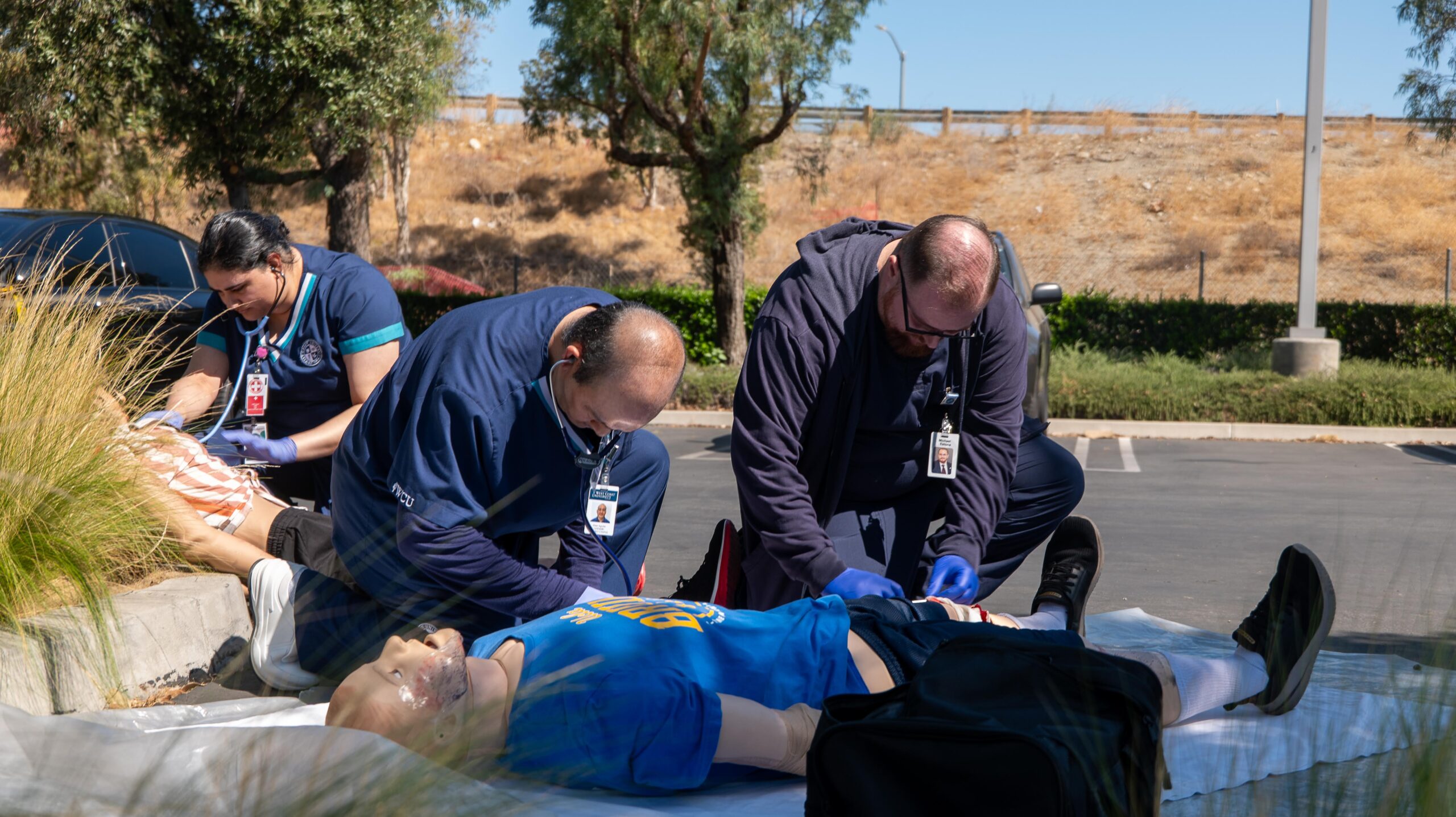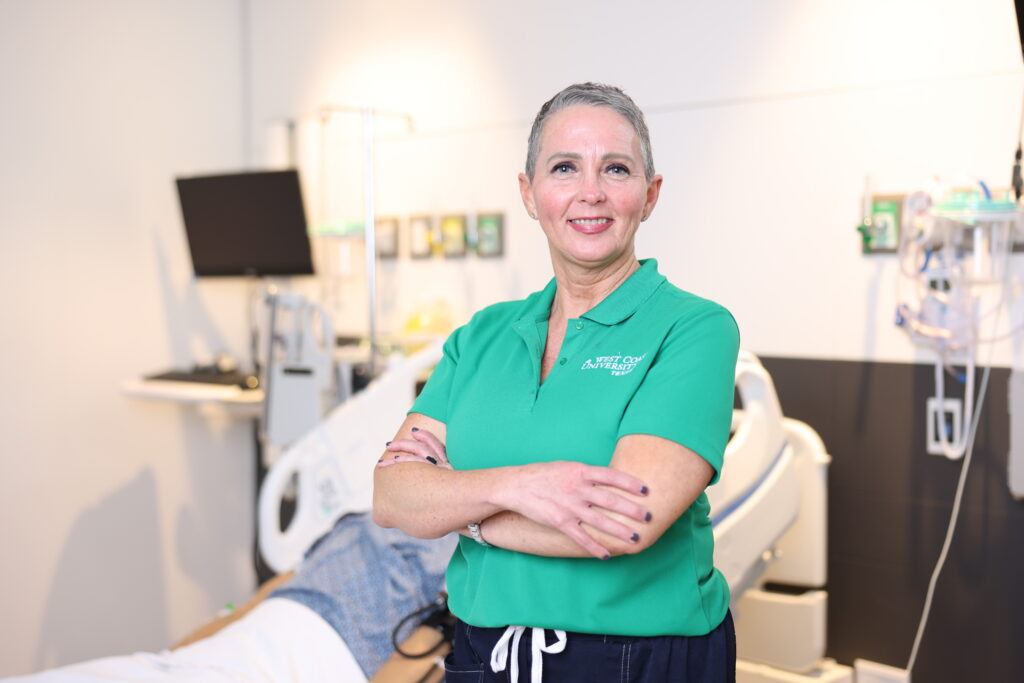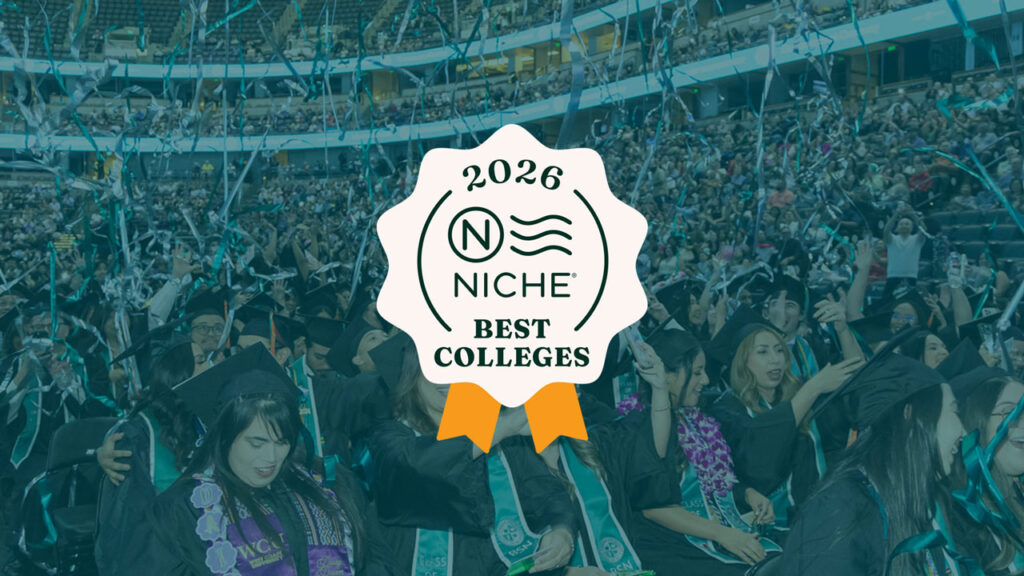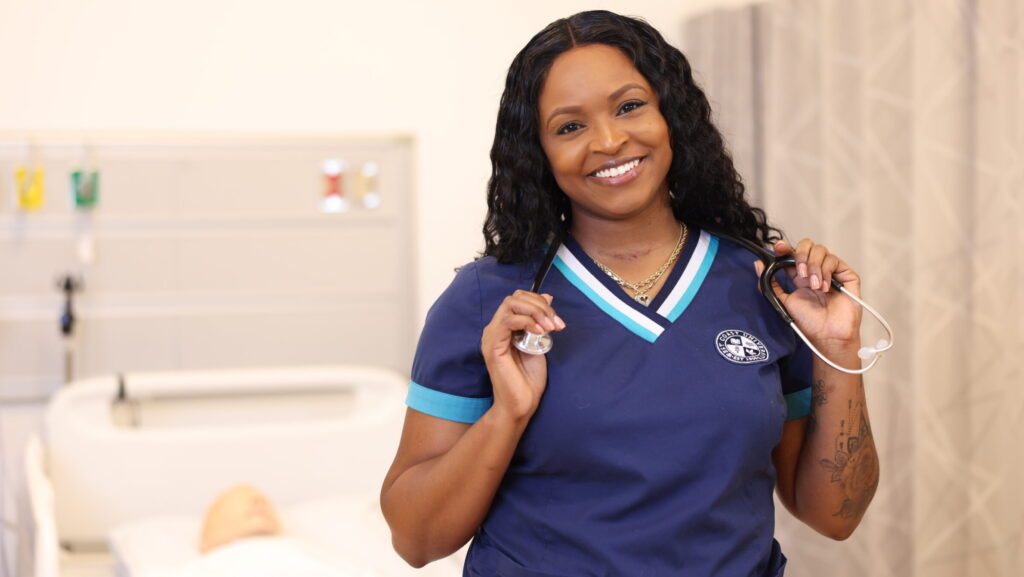West Coast University-Ontario recently created an impressive real-life simulation for nursing students, with a mass casualty event replication that provided the opportunity to test their skills and knowledge base in an experiential environment.
Learning in Real Time
WCU-Ontario Simulation faculty Gabriel G. wanted to use his emergency room background to create a truly unique experience for nursing students that went beyond the simulation lab setting. He collaborated with WCU-Ontario Simulation Center manager Rochelle M. to develop potential scenarios for students that are aligned with WCU’s guidelines and curriculum standards.
“With Gabriel’s 25 years of background in ER, planning this was right up his alley,” Rochelle said. “He took on the organization of this event and we worked closely together to ensure the content was at an appropriate level for these student learners.”
From Parking Lot to Patient Care
After reviewing the potential scenarios, the team decided to construct an automobile accident scenario in the campus parking lot that also extended into the simulation lab — working with their colleague Simulation Center Specialist Jose C., to develop a real-life replication. It was decided the best students to navigate this experience were those in 498L Integration of Nursing Practices, the culminating nursing practicum course designed to prepare students for the real work environment of an RN.
“I started my career as an EMT and loved the challenge behind it,” Gabriel said. “I wanted to give the students something that was truly different. While not everyone wants to pursue an ER career, skills like communication are developed during these experiences — which are critical to their success as healthcare professionals.”
The simulation team prepared for the event with a couple of dry runs, as the associates had to leverage quite a bit of technology. Several other faculty members and support staff helped execute everything, as well. Everyone had a role to play — from doctors to accident victim patients. An instructor with a microphone even “talked” as a patient, responding to nursing students and helping create a simulation that worked in the parking lot just as it does inside the simulation lab.
Building Confidence for the Real World
Gabriel admits the mass casualty event scenario took lots of work and creativity, but students had nothing but positive feedback to share. Several even asked when they’ll be doing a similar event on campus.
“We all walked in thinking it was going to be another regular sim, not that the first group would end up in the parking lot for a mass casualty incident,” said Alejandra C, a WCU-Ontario BSN student. “It really tested us — thinking on our feet, being quick with our assessments, and identifying our next move. It was nice to have something different. This felt a lot more fast-paced, like we all had to do something new.”
A ‘Nursing Imagineer’ at Work
With some students in the parking lot and others handling or observing patients in the simulation lab, the Simulation team was able to create the full scope of a mass casualty event. Students took turns caring for patients and observing the activities both inside and outside. As a WCU alumni, Gabriel also wanted to ensure students felt safe and prepared, and prioritized their psychological safety, as well.
Due to the immense success of this event, the team is already preparing to develop similar simulations for students. The experience not only gives them a look at what it’s like to work in a hospital setting but also helps them test their knowledge in novel ways.
“The university provides such great resources for us, and it was great to leverage it,” Rochelle said. “As a former faculty member, I liked being encouraged to do new and creative things to help students learn. As a manager, I like supporting our faculty to do these types of events.”
WCU provides career guidance and assistance but cannot guarantee employment. The views and opinions expressed are those of the individuals and do not necessarily reflect the beliefs or position of the school or of any instructor or student.



